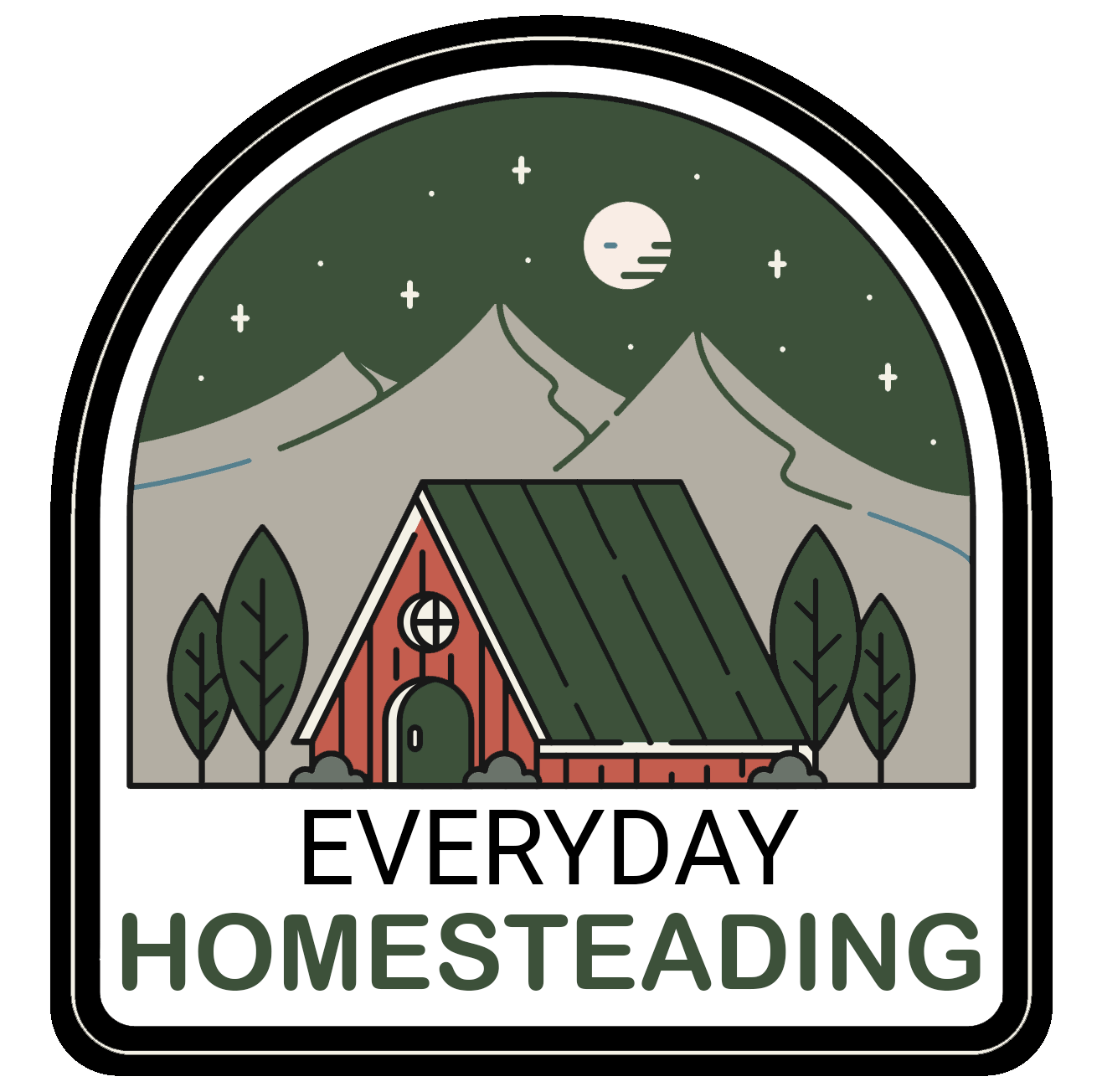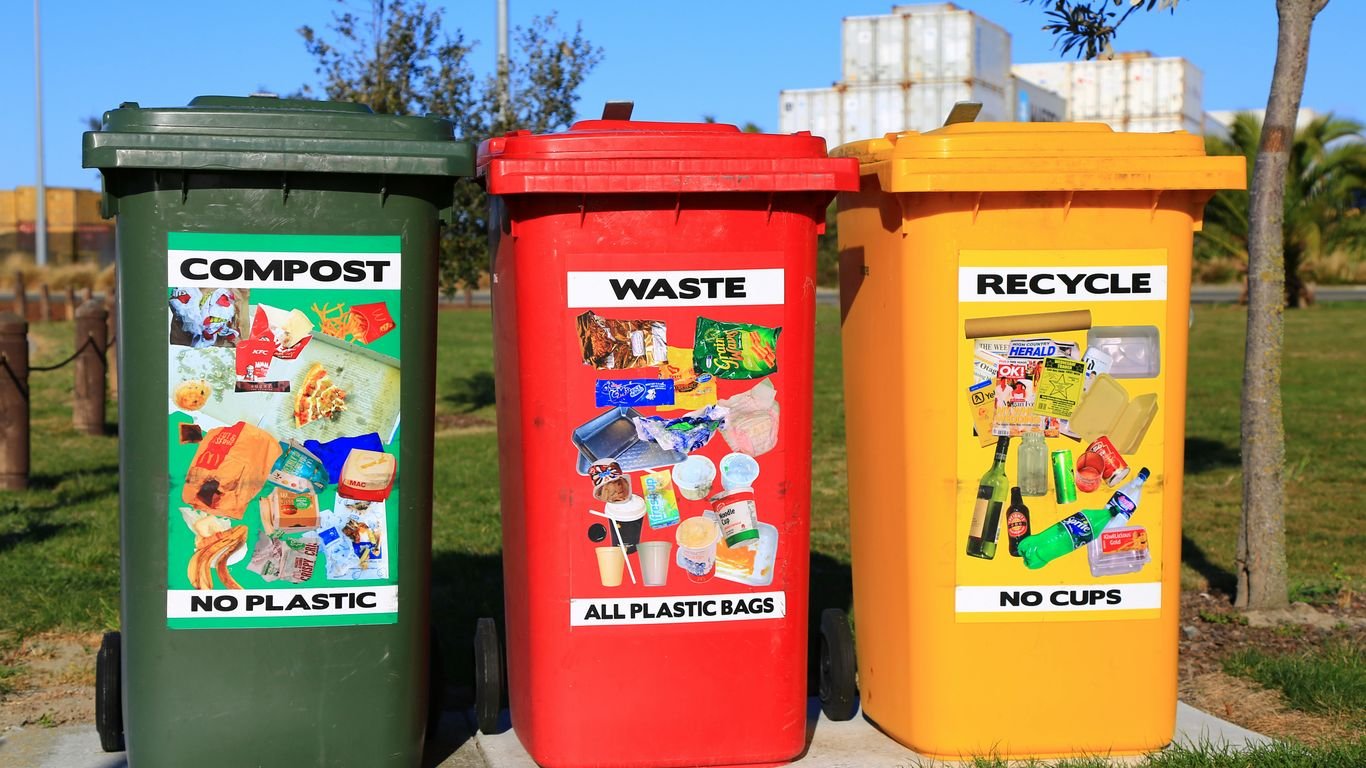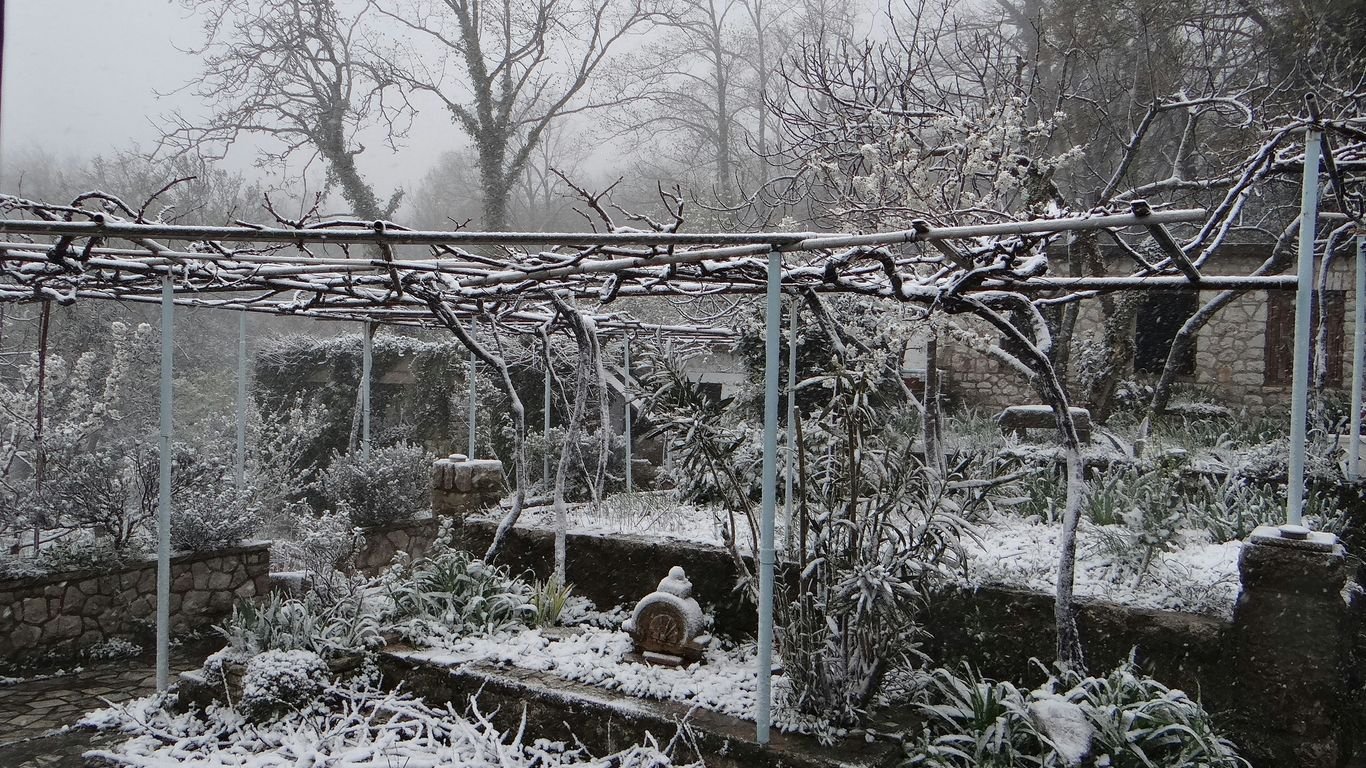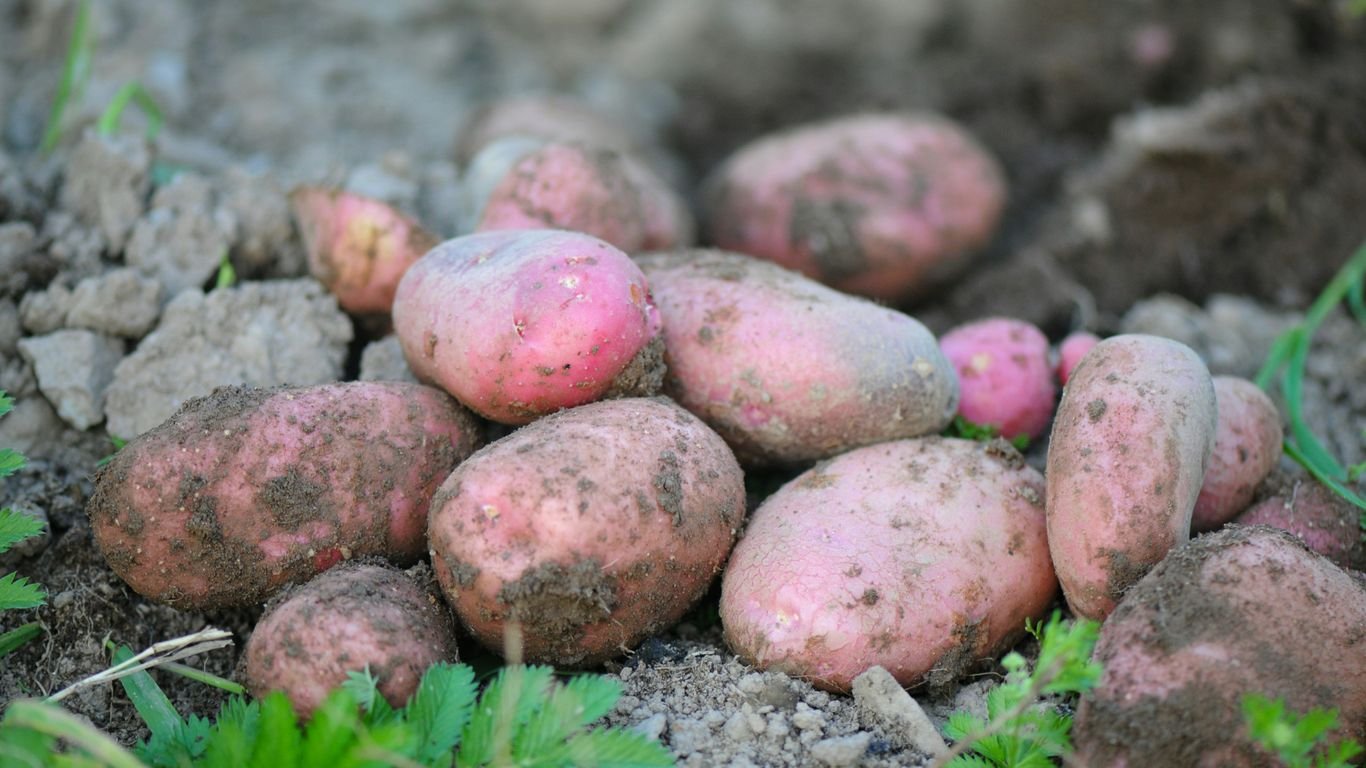Growing Herbs at Home: Cost, Yield, and Savings Breakdown
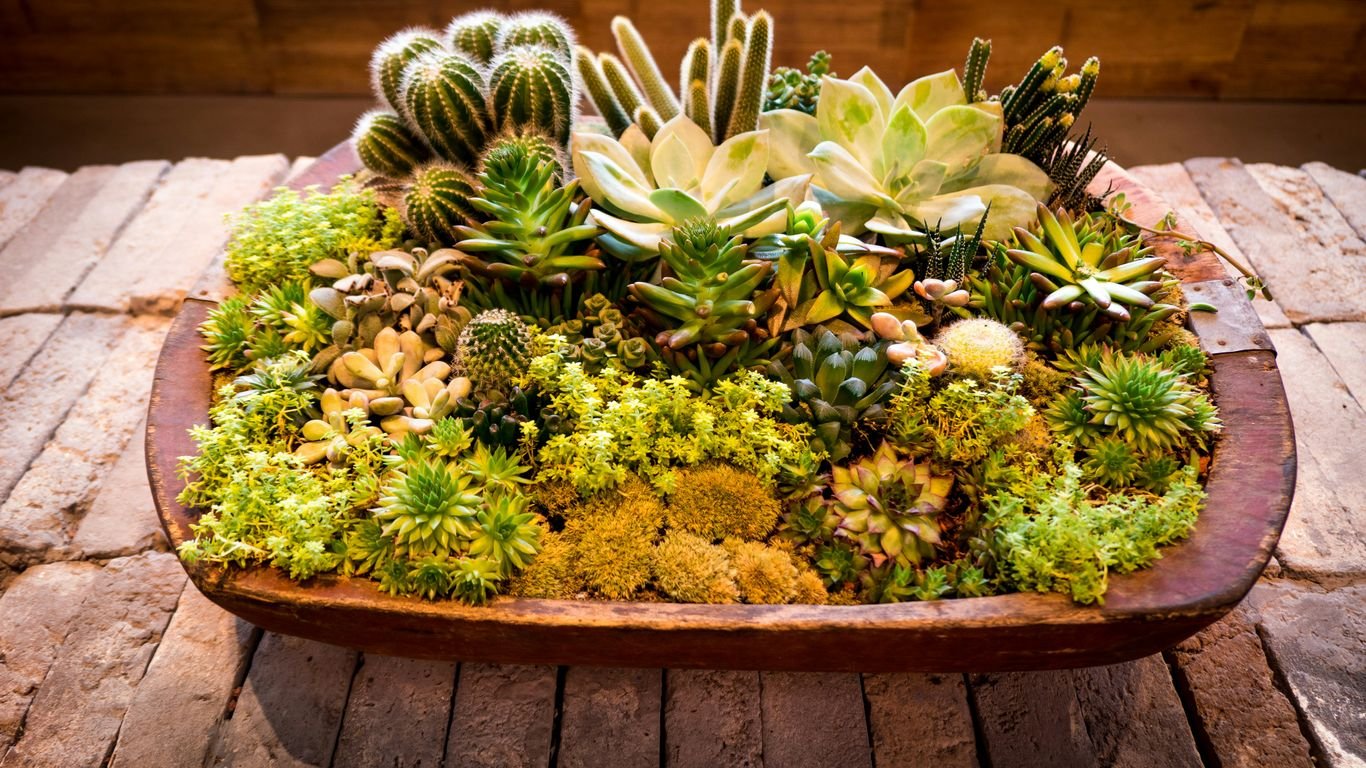
Thinking about growing herbs at home? We’ve been looking into the whole growing herbs at home cost thing, and honestly, it’s pretty interesting. It seems like a small effort can lead to some pretty good savings and even some extra perks. We’ll break down what you need to get started, how it stacks up against buying from the store, and whether your time is better spent with a trowel or at a desk. Plus, we’ll touch on why it’s just plain nice to have fresh herbs around.
Key Takeaways
- Starting herbs from seeds is significantly cheaper than buying established plants, with seed packets costing around $2-$4 and yielding multiple plants.
- Homegrown herbs can offer substantial savings compared to grocery store prices, especially for frequently used items like basil and parsley, where store-bought versions can add up quickly.
- Perennial herbs like rosemary and oregano provide long-term value, offering harvests for years from a single initial investment, unlike annuals that need replanting.
- While there’s an initial investment in supplies, the long-term savings and benefits of growing herbs at home, such as freshness and flavor, often outweigh the upfront costs.
- Beyond financial savings, growing herbs at home contributes to better health through fresh produce and physical activity, and reduces environmental impact.
Understanding The Initial Investment
Getting started with growing your own herbs at home might seem a bit daunting when you first look at the costs involved. We’ve all been there, staring at seed packets and fancy pots, wondering if it’s really worth it. But don’t let that initial sticker shock get you down! We’re going to break down what you can expect to spend to get your herb garden up and running.
Starting From Seeds vs. Buying Plants
When you’re just starting out, you have two main paths for getting your herbs: starting from seeds or buying young plants (often called starts or seedlings). Seeds are definitely the cheaper route, but they require a bit more patience and care. You’ll need to start them indoors a few weeks before the last frost, giving them the right light and water to sprout. On the flip side, buying starter plants gives you a head start. You can plant them directly into your pots or garden, and you’ll have herbs much sooner. While they cost more upfront, they can be a good option if you’re short on time or new to growing things. For beginners, an indoor herb garden kit can be a great way to ease into it.
Essential Supplies for Your Herb Garden
Beyond the plants themselves, there are a few other things you’ll likely need. Good quality potting soil is a must, especially if you’re using containers. You might also want some basic fertilizer to give your herbs a boost. Depending on what you’re growing and where, you might need small tools like a trowel and gardening gloves. If you’re starting from seed, you’ll want seed-starting trays or small pots. Don’t forget about watering cans or even just a good old-fashioned watering can. These are the basics that will help your herbs thrive.
Container Choices for Indoor Herbs
If you’re planning to grow herbs indoors, the containers you choose are pretty important. You’ll want pots that have drainage holes – this is super important to prevent root rot. The size of the pot will depend on the herb; larger, bushier herbs like rosemary will need more space than smaller ones like chives. Terracotta pots are nice because they breathe, but they can dry out quickly. Plastic pots are lighter and retain moisture better. You can also get creative and repurpose things like old buckets or tins, just make sure you add those drainage holes! We found that even simple, inexpensive pots work just fine for getting started.
Comparing Homegrown vs. Store-Bought Herbs

When we think about growing our own herbs, a big question that pops up is how it stacks up against just buying them from the store. We’ve all been there, grabbing a small plastic clamshell of basil or a bunch of parsley, only to realize we’re paying a premium for a few sprigs. Let’s break down what we’re actually spending and what we get in return.
Cost of Common Herbs at the Grocery Store
It’s pretty eye-opening when you start looking at the prices in the produce aisle. Those little packages of fresh herbs add up fast. For instance, a bunch of parsley might cost around $0.98, while rosemary can be about $1.90 per ounce. If you’re a fan of basil or mint, you might be looking at nearly $4 an ounce, especially if you opt for organic. It’s not just about the price per unit, though; often, we buy more than we need, and the rest wilts away in the fridge, which is just a waste of money.
Yield and Value of Homegrown Herbs
This is where things get really interesting. A single herb plant, whether started from seed or a small starter plant, can produce a surprising amount of herbs over its growing season. Think about basil: a plant you buy for a few dollars can give you leaves week after week. The initial cost of seeds or a starter plant is quickly offset by the continuous harvest. We’re talking about having fresh herbs readily available for cooking, garnishes, and even teas, without needing to make a special trip to the store. It’s like having a mini-grocery store right outside your door.
Long-Term Savings with Perennial Herbs
Some herbs, like rosemary, thyme, and oregano, are perennials. This means they come back year after year. While the initial investment for a perennial herb plant might be a bit more than for an annual, the savings over time are substantial. Imagine buying one rosemary plant for $4 that provides you with fresh rosemary for several years. Compare that to buying ounces of rosemary at $1.90 each time you need it. It’s a no-brainer for long-term savings. We’ve found that bringing a rosemary plant indoors during colder months allows us to keep harvesting, extending that value even further. It’s a smart way to grow these compact crops and reduce your grocery bill significantly.
The convenience of having fresh herbs on hand cannot be overstated. It encourages us to use more fresh ingredients in our cooking, leading to healthier and more flavorful meals. Plus, the satisfaction of using something you grew yourself is a bonus.
Here’s a quick look at how the costs can compare:
| Herb | Store Price (approx.) | Homegrown Cost (per plant/seed pack) | Savings Potential |
|---|---|---|---|
| Parsley | $0.98/bunch | $0.25 (from seed) | High |
| Rosemary | $1.90/oz | $4 (per plant, lasts years) | Very High |
| Basil | $3.96/oz (organic) | $0.50 (from seed) | High |
| Mint | $3.96/oz (organic) | $0.50 (from seed) | High |
Maximizing Your Herb Garden’s Value

Once we’ve got our herb garden set up, the next step is making sure we’re getting the most bang for our buck. It’s not just about growing herbs; it’s about growing them smart. We want to pick the herbs that give us the most flavor and use for the least amount of effort and cost. Plus, learning how to keep our harvest going and preserving what we don’t use right away means we can enjoy our homegrown goodness for longer.
Choosing the Most Cost-Effective Herbs
When we’re starting out, or even looking to expand, picking the right herbs can make a big difference in our savings. Some herbs are just more productive and versatile than others. Think about what you use most often in your cooking. If you’re a big fan of Italian food, basil and oregano are great choices. For teas and baked goods, mint and lavender are fantastic. Focusing on herbs that are easy to grow and provide a lot of leaves or sprigs will give us the best return on our investment.
Here are a few we’ve found to be super cost-effective:
- Mint: Grows like crazy, and you can use it in drinks, desserts, and even savory dishes. Just be careful, it can take over if you plant it in the ground!
- Chives: These oniony delights are simple to grow and add a nice touch to eggs, salads, and potatoes. You can snip them regularly, and they just keep coming back.
- Parsley: Both flat-leaf and curly parsley are pretty forgiving. They add freshness to almost anything and are great for garnishes.
- Rosemary: This woody herb is hardy and has a strong flavor, meaning a little goes a long way. It’s also a perennial, so it comes back year after year.
Tips for Increasing Your Harvest
Getting a good harvest isn’t just about planting; it’s about nurturing. We can do a few things to encourage our plants to produce more:
- Prune Regularly: Don’t be afraid to snip! Cutting back your herbs encourages them to branch out and produce more leaves. It’s like giving them a haircut that makes them bushier.
- Harvest Smart: When you harvest, don’t just grab a few leaves. Cut stems just above a leaf node. This tells the plant to grow two new stems from that spot.
- Provide Good Drainage: Soggy roots are unhappy roots. Make sure your pots have holes and use a good potting mix that drains well. This prevents root rot and keeps your plants healthy, leading to more growth.
- Feed Them (But Not Too Much): Herbs generally don’t need a lot of fertilizer, but a little bit of diluted liquid fertilizer every few weeks during the growing season can give them a boost.
We’ve found that consistent, light harvesting is key. It’s better to snip a little bit often than to wait and take a huge amount all at once. This keeps the plant producing new growth.
Preserving Your Herbs for Future Use
It’s a shame when we have a bounty of fresh herbs and they go bad before we can use them. Learning to preserve them means we can enjoy that fresh flavor even when the growing season is over. Here are some simple ways we like to do it:
- Drying: This is probably the easiest method. We tie small bunches of herbs with string and hang them upside down in a cool, dry, dark place. Once they’re brittle, we crumble the leaves and store them in airtight jars.
- Freezing: For herbs with a more delicate flavor, like basil or cilantro, freezing works well. We can chop them and mix them with a little olive oil, then freeze the mixture in ice cube trays. Once frozen, we pop the cubes out and store them in a freezer bag. This way, we have pre-portioned flavor bombs ready to go.
- Herb-Infused Oils or Vinegars: We can also steep herbs in olive oil or vinegar. Just pack a clean jar with fresh herbs, cover them with the oil or vinegar, and let it sit for a few weeks in a cool, dark place. Strain out the herbs, and you’ve got flavored oils or vinegars for dressings and marinades.
The True Cost: Time vs. Money

We all start gardening with the idea of saving money, right? And while it’s true that growing your own herbs can slash your grocery bill, we need to talk about the other big investment: our time. It’s easy to get lost in the romantic notion of a lush herb garden, but let’s be real, it takes effort.
Estimating Time Spent on Gardening
So, how much time are we actually talking about? It really varies. Some days, it might just be a quick five-minute watering session. Other times, especially during planting or harvesting, you might find yourself out there for an hour or more. It’s not just about the big tasks, either. There’s the planning, the occasional pest patrol, and, of course, the inevitable weeding.
Time-Saving Strategies for Herb Growers
If you’re worried about your garden eating up all your free time, there are ways to be more efficient.
- Choose low-maintenance herbs: Some herbs, like rosemary and thyme, are pretty forgiving and don’t need constant fussing.
- Use mulch: A good layer of mulch can significantly cut down on watering and weeding.
- Invest in good tools: Having the right tools makes tasks quicker and easier.
- Consider container gardening: Smaller pots mean less ground to till and manage.
Is Your Time Better Spent Elsewhere?
This is the million-dollar question. Could you be earning money during the hours you spend gardening? Absolutely. If your primary goal is to maximize income, then perhaps a part-time job would be a better use of your time. However, for many of us, the garden offers a different kind of return. It’s about the satisfaction of nurturing something, the joy of fresh flavors, and the connection to nature.
We’ve found that while the initial years might not show huge financial savings, the long-term benefits, including the skills we’ve gained and the sheer pleasure of harvesting our own ingredients, make the time investment worthwhile. It’s a trade-off, for sure, but one that feels good.
Think about it: if you’re spending $5 a week on fresh basil from the store, that’s $260 a year. Growing your own basil from just a few seed packets, which cost a couple of dollars, can yield far more than you’d ever buy. While it takes time to get to that point, the savings add up, especially when you consider the quality and freshness you can’t get from a supermarket. Growing herbs from seed can be a cost-effective option, especially for frequently used varieties like basil and parsley. For less common herbs, cultivating them at home provides significant value. This approach allows for fresh ingredients readily available, potentially saving money compared to purchasing them from stores. growing herbs at home
Beyond the Savings: Additional Benefits
While we’ve been talking a lot about the money we can save by growing our own herbs, it’s easy to forget that there’s so much more to it than just the financial aspect. Honestly, the best parts of having a home herb garden aren’t always things you can put a price tag on. We’ve found that getting our hands dirty is actually pretty good for us, in more ways than one.
Health and Wellness Advantages
Getting out into the garden, even if it’s just a few pots on the windowsill, means we’re moving our bodies. It’s a gentle form of exercise that doesn’t feel like a chore. Plus, we get to soak up some sunshine and fresh air, which is always a mood booster. Some studies even suggest that gardening can help us sleep better and even improve our cognitive function as we get older. It’s like a little wellness retreat right at home. We’ve also noticed that being around plants and the soil can expose us to beneficial bacteria, which might give our immune systems a little nudge. A healthier mind and body can definitely lead to fewer doctor visits and lower healthcare costs down the line, which is a nice bonus.
The Joy of Fresh Flavors
Let’s be real, nothing beats the taste of herbs picked just moments before they hit your plate. The aroma alone is incredible. We’ve found that having fresh herbs readily available encourages us to cook at home more often. This not only saves us money on eating out but also means we’re eating more wholesome, flavorful meals. It’s amazing how a sprig of fresh basil or a sprinkle of chives can completely transform a simple dish. We’ve definitely noticed an improvement in the overall taste and quality of our home-cooked meals since we started growing our own herbs.
Reducing Your Environmental Footprint
Growing our own herbs is also a small step towards being more sustainable. We cut down on the packaging that comes with store-bought herbs, and we reduce the carbon emissions associated with transporting them. We can also control exactly what goes onto our plants – no need for pesticides or synthetic fertilizers if we don’t want them. It feels good to know we’re making a more eco-friendly choice right in our own homes. It’s a simple way to contribute to a healthier planet, one herb at a time.
Making Your Herb Garden Pay Off

So, we’ve put in the work, nurtured our little green friends, and now we’re swimming in fresh herbs. But can we actually make this hobby pay for itself, or even turn a profit? Absolutely! It’s not just about saving money on groceries anymore; we can start thinking about reinvesting in our garden and maybe even selling our bounty.
Reinvesting in Your Garden
Think of your herb garden as a living investment. The more you care for it, the more it gives back. Planting perennials, like rosemary, sage, or mint, means they’ll come back year after year, saving you the cost of buying new plants. Plus, taking care of your soil by adding compost or organic matter each season makes it richer and more fertile, leading to better yields down the line. Investing in quality, reusable tools and materials also cuts down on replacements and waste over time. It’s about building a sustainable system that keeps on giving.
Potential to Sell Your Herbs
Have you ever thought about selling your extra herbs? It’s a fantastic way to recoup some costs and share your passion. You could start small by selling to neighbors or at a local farmers’ market. Consider making dried herb blends or herb-infused oils to offer something a little different. Remember, consistency and quality are key. If your herbs look great and taste amazing, people will come back for more. We found that even small batches of fresh basil or parsley can be quite popular at local community events. It’s a great feeling to see others enjoy what you’ve grown.
Tracking Your Garden’s Return on Investment
To really see how well your garden is doing financially, it helps to keep track of things. Jot down your initial costs for seeds, soil, and pots. Then, record how much you’re spending on water and any fertilizer. On the other side, list the estimated value of the herbs you’ve used in your cooking – think about what you would have paid at the store. If you sell any herbs, track that income too. This way, you can see the real savings and potential earnings. It might surprise you how much you’re actually saving or making!
Growing herbs is more than just a hobby; it’s a smart way to add flavor to your life and potentially your wallet. By focusing on perennials, making smart reinvestments, and even exploring sales, we can truly make our herb gardens pay off.
Here are a few ideas to get you started:
- Start with perennials: Herbs like lavender, mint, and chives will return each year, saving you money on replanting.
- Preserve your harvest: Drying or freezing excess herbs means you can enjoy them long after the growing season ends, reducing waste and extending your savings.
- Sell your surplus: Offer fresh herbs at local markets or to friends and neighbors. It’s a simple way to earn a little extra cash and share your bounty.
We’ve found that focusing on a few high-yield herbs can significantly boost our harvest. For instance, basil and mint grow so quickly that we often have more than enough for ourselves, making them perfect candidates for selling or sharing. It’s also worth noting that controlled environment agriculture, like using a small greenhouse, can dramatically increase crop yield compared to traditional methods, though that’s a bigger investment than most home growers start with. You can read more about how greenhouse solutions outperform traditional growing methods here.
So, Is Growing Herbs at Home Worth It?
After looking at all the numbers and thinking about our own experiences, we’ve found that growing herbs at home really does pay off. Sure, there’s a small upfront cost for seeds or plants and maybe a pot or two, but it’s pretty minimal. What’s really amazing is how much you save compared to buying herbs at the store, especially if you use them a lot in your cooking. Think about it: a single plant can give you fresh herbs for months, maybe even years, while store-bought bunches don’t last long and you have to keep buying them. It’s not just about the money, though. Having fresh herbs right there when you need them is super convenient, and honestly, it just makes your food taste better. We’ve learned that even with a small space, like a windowsill or a balcony, you can grow a good amount. So, if you enjoy cooking with fresh flavors, giving herb gardening a try is definitely something we recommend. It’s a simple way to add a lot of value to your kitchen and your wallet.
Frequently Asked Questions
How much does it cost to start growing herbs at home?
Getting started is pretty affordable! You can buy herb plants for about $4 each, or you can start from seeds, which usually costs around $2 to $4 for a pack that can grow many plants. So, the initial cost is quite low, especially if you go the seed route.
Is it cheaper to grow my own herbs or buy them from the store?
Yes, it’s definitely cheaper to grow your own! For example, a bunch of parsley at the store might cost less than a dollar, but you have to buy it often because it doesn’t last long. Growing your own from seeds, which costs just a few dollars, can give you herbs for a whole year or more. Think about it: $4 for a rosemary plant can give you rosemary for years, while buying it by the ounce can add up quickly.
How much time do I need to spend gardening herbs?
The time spent can vary a lot. Some people enjoy spending hours in their garden, while others find it takes very little time. Planting and harvesting are usually the most time-consuming parts. However, there are ways to save time, like using mulch to reduce weeds or setting up self-watering systems.
What are the best herbs to grow if I want to save money?
Herbs are generally very cost-effective to grow. Based on what many gardeners find, herbs like parsley, mint, and basil are great choices. Perennial herbs like rosemary, oregano, and lavender are also excellent because they come back year after year, saving you money in the long run.
Besides saving money, what are other good things about growing herbs?
There are many benefits! Growing your own herbs means you always have fresh flavors for your cooking, which can make food taste much better. Plus, gardening is good for your health – you get exercise, spend time outdoors, and occupy your time in a useful way. It also helps reduce waste and your impact on the environment.
Can I make money from my herb garden?
Absolutely! If you grow more herbs than you need, you can sell them fresh or dried. You could also sell extra plants you’ve grown from seed, or even save seeds from your harvest to sell. Some people even sell homemade items like jams or sauces made from their garden produce.



